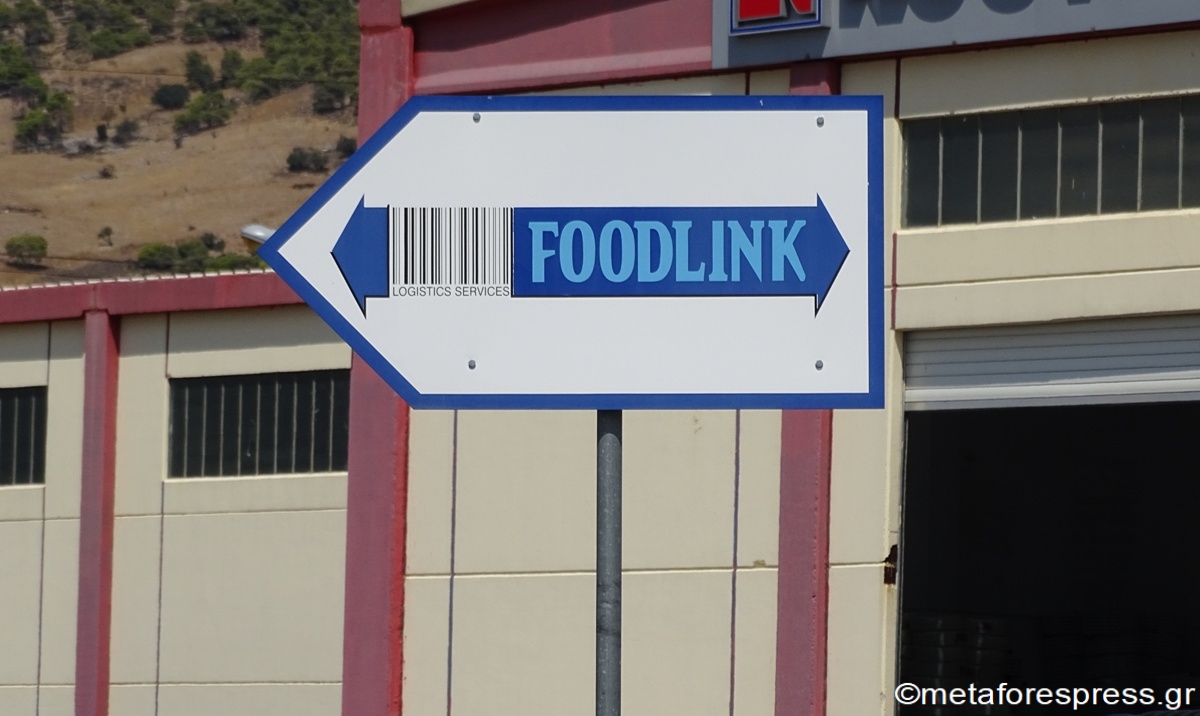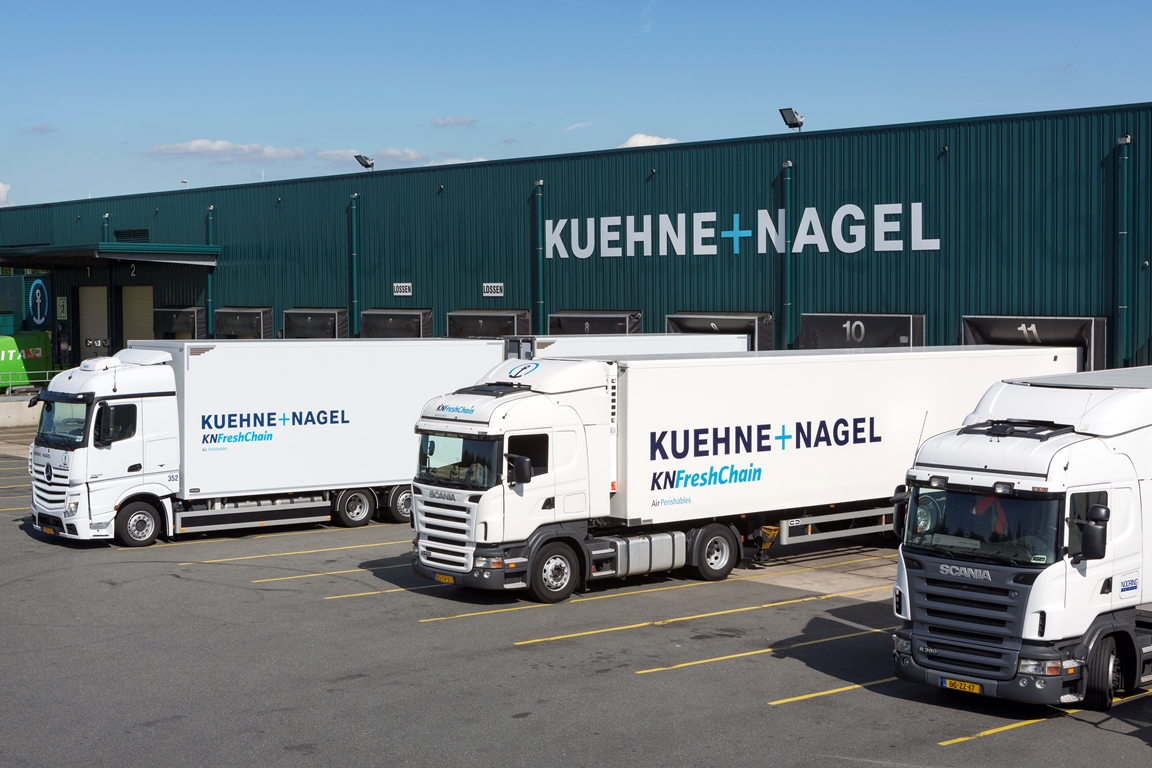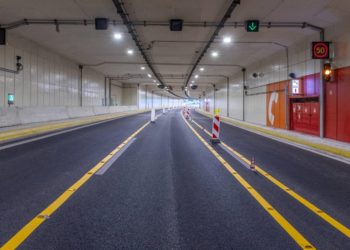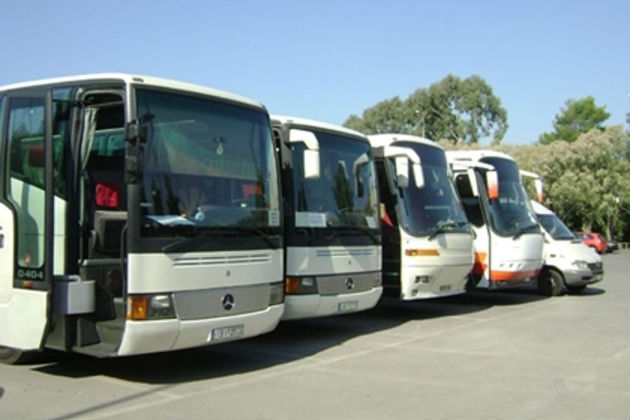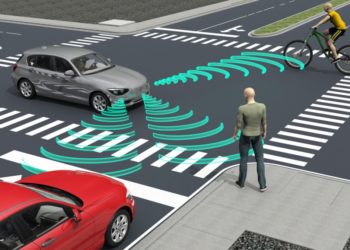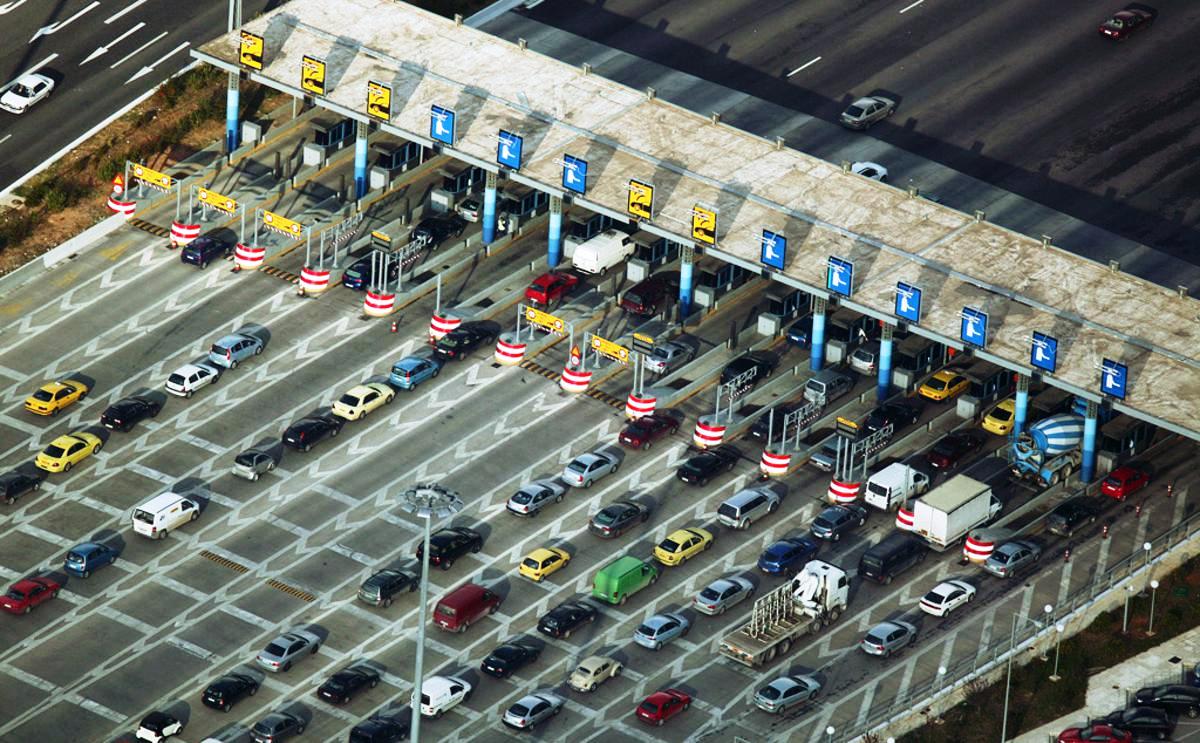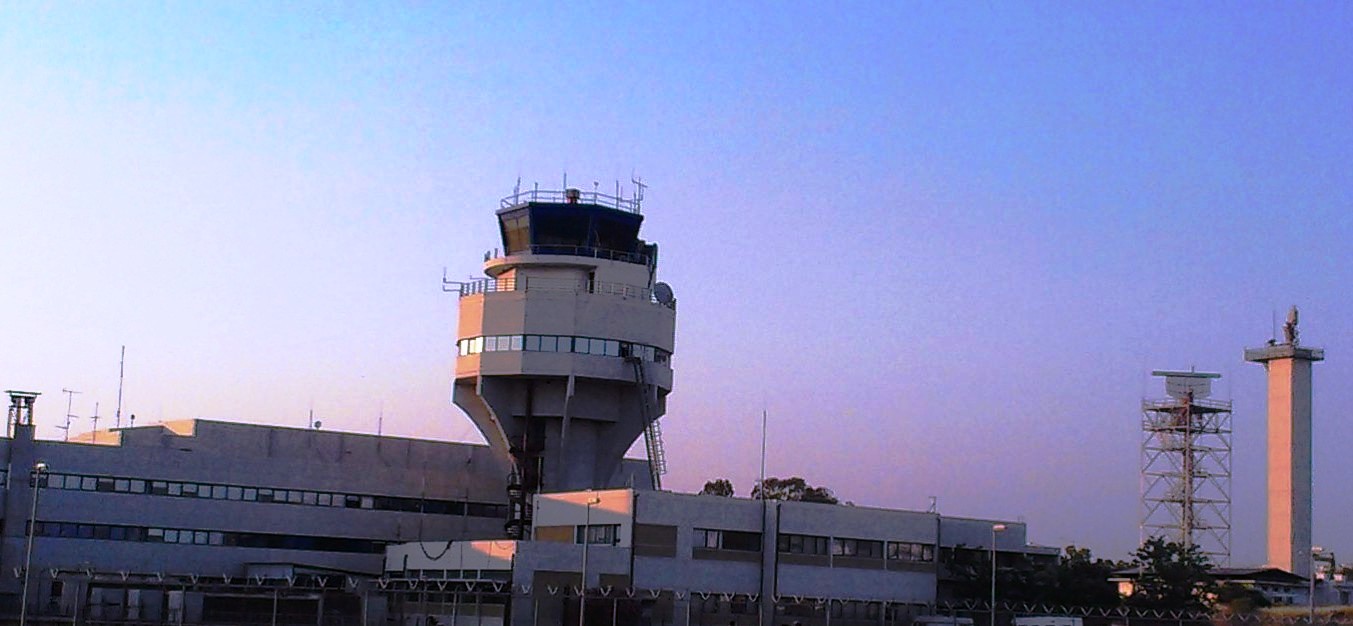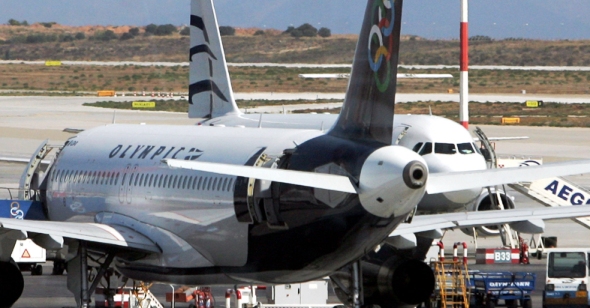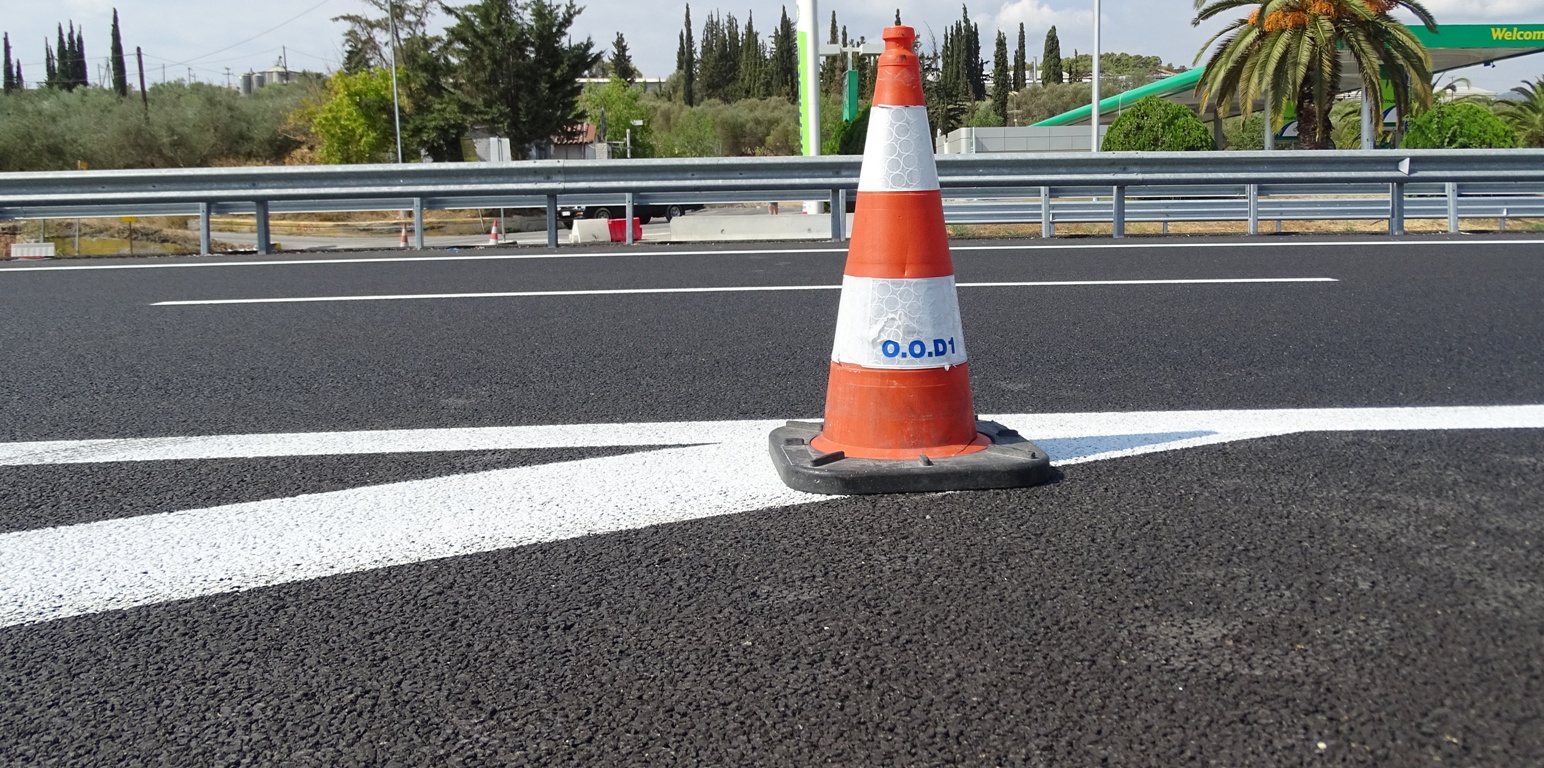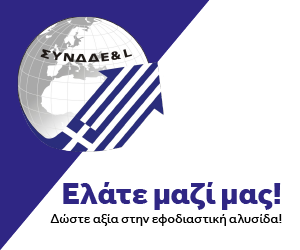The European Commission has adopted new rules stepping up the deployment of Cooperative Intelligent Transport Systems (C-ITS) on Europe’s roads.
The new technology will allow vehicles to ‘talk’ to each other, to the road infrastructure, and to other road users – for instance about dangerous situations, road works and the timing of traffic lights, making road transport safer, cleaner and more efficient. The new rules are in line with the proposals on clean mobility introduced by the Juncker Commission, are a further step for modernising the European mobility sector, preparing it for climate neutrality in the second half of the century and contributing to the EU’s long-term goal of moving close to zero fatalities and serious injuries by 2050 (“Vision Zero”).
Commissioner for Mobility and Transport, Violeta Bulc said: “This decision gives vehicle manufacturers, road operators and others the long-awaited legal certainty needed to start large-scale deployment of C-ITS services across Europe, while remaining open to new technology and market developments. It will significantly contribute to us achieving our ambitions on road safety, and is an important stepping stone towards connected and automated mobility.”
Today’s adoption is an important stage in enabling communication among vehicles. As of this year, vehicles, traffic signs and motorways will be equipped with technology to send standardised messages to all traffic participants around them.
The specifications establish the minimal legal requirements for interoperability between the different cooperative systems used. Interoperability will enable all equipped stations to exchange messages with any other station securely in an open network.
The cooperative element –enabled by digital connectivity between vehicles, and between vehicles and the transport infrastructure– is expected to significantly improve road safety, traffic efficiency and comfort when driving, by helping the driver to make the right decisions and adapt to the traffic situation.


